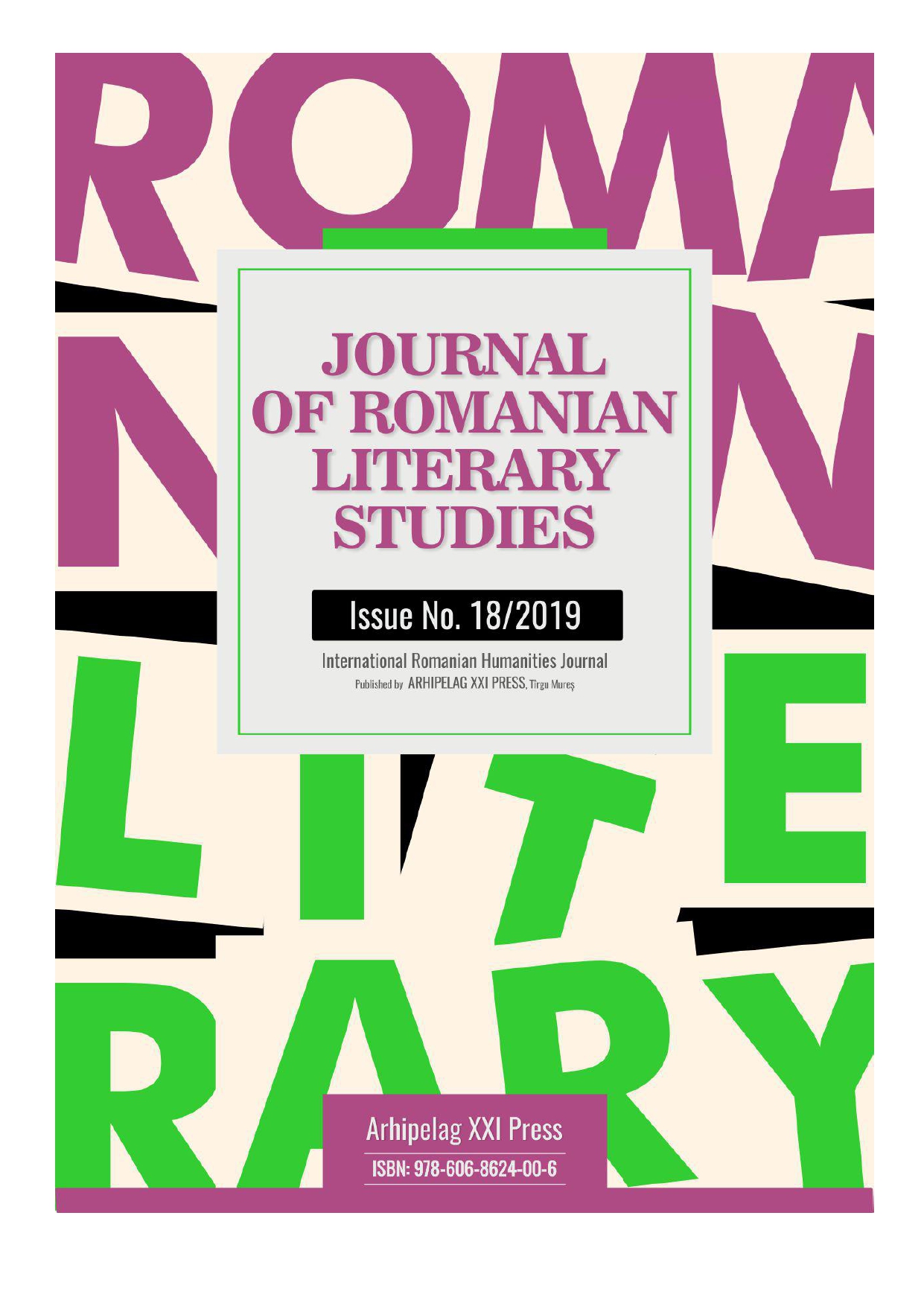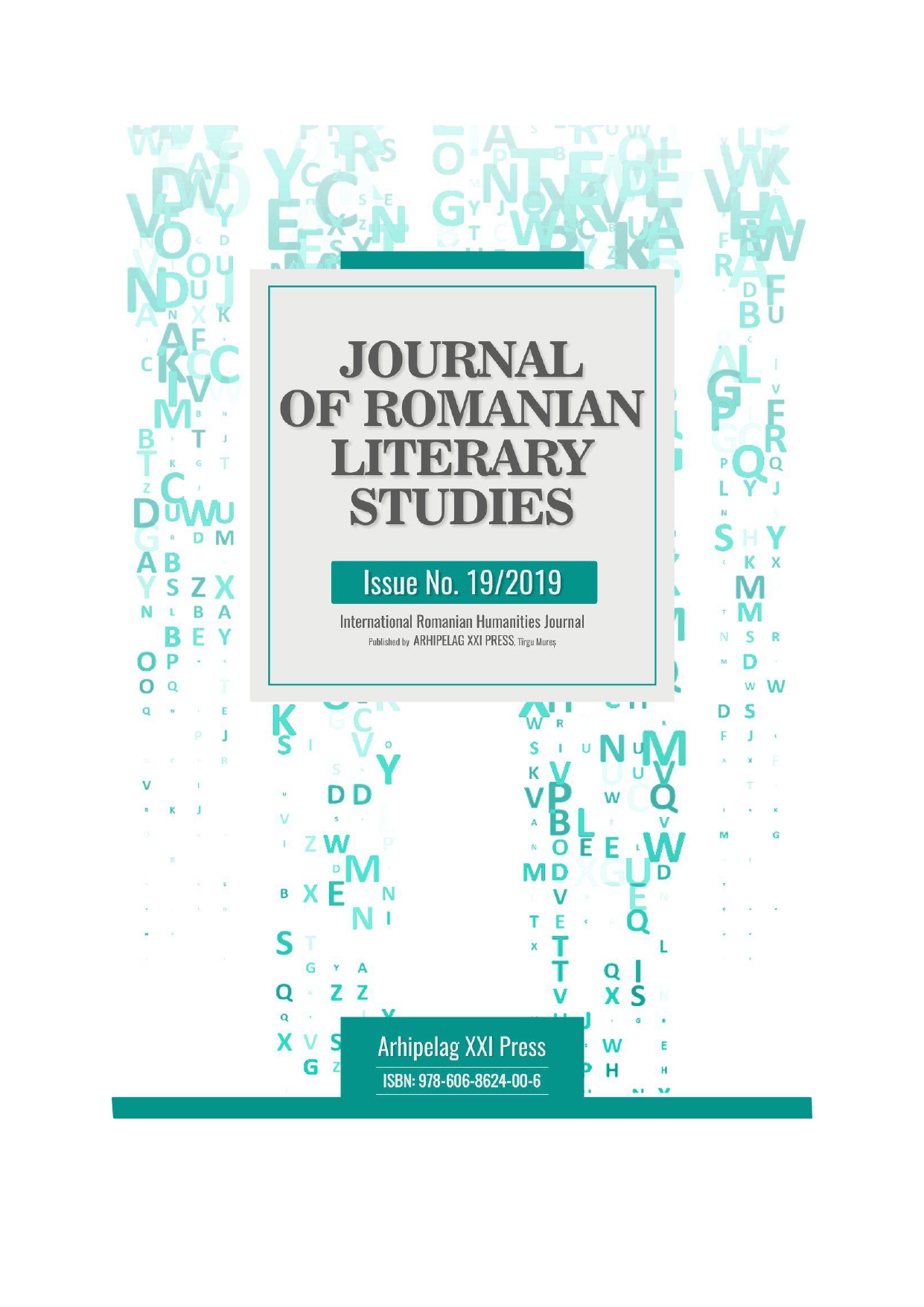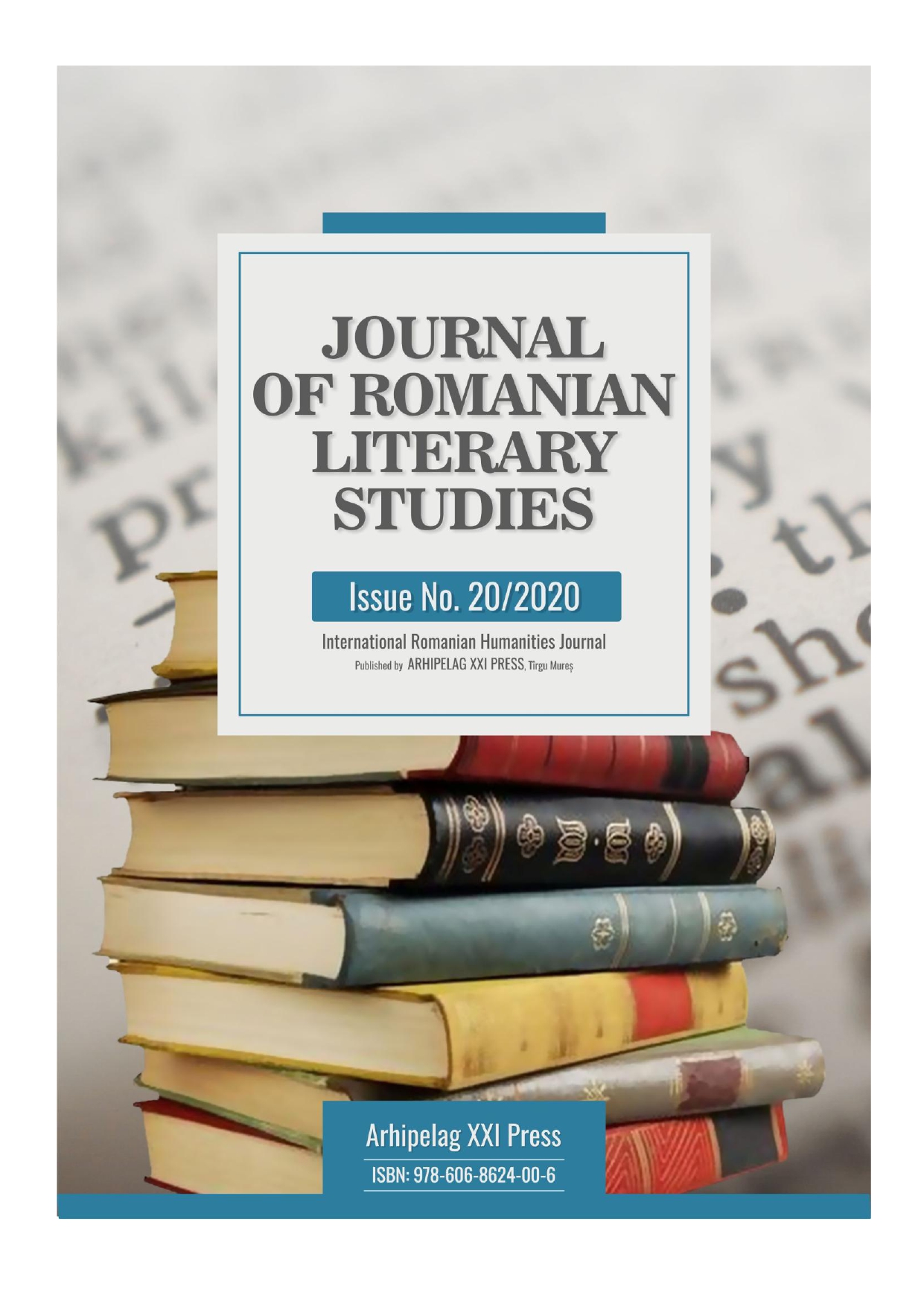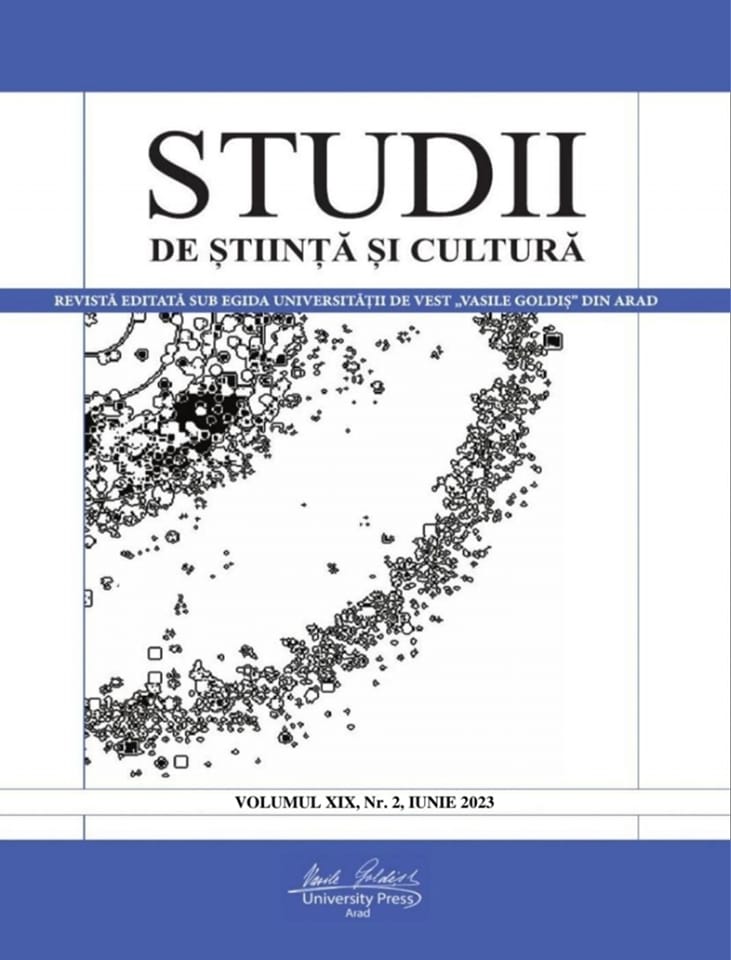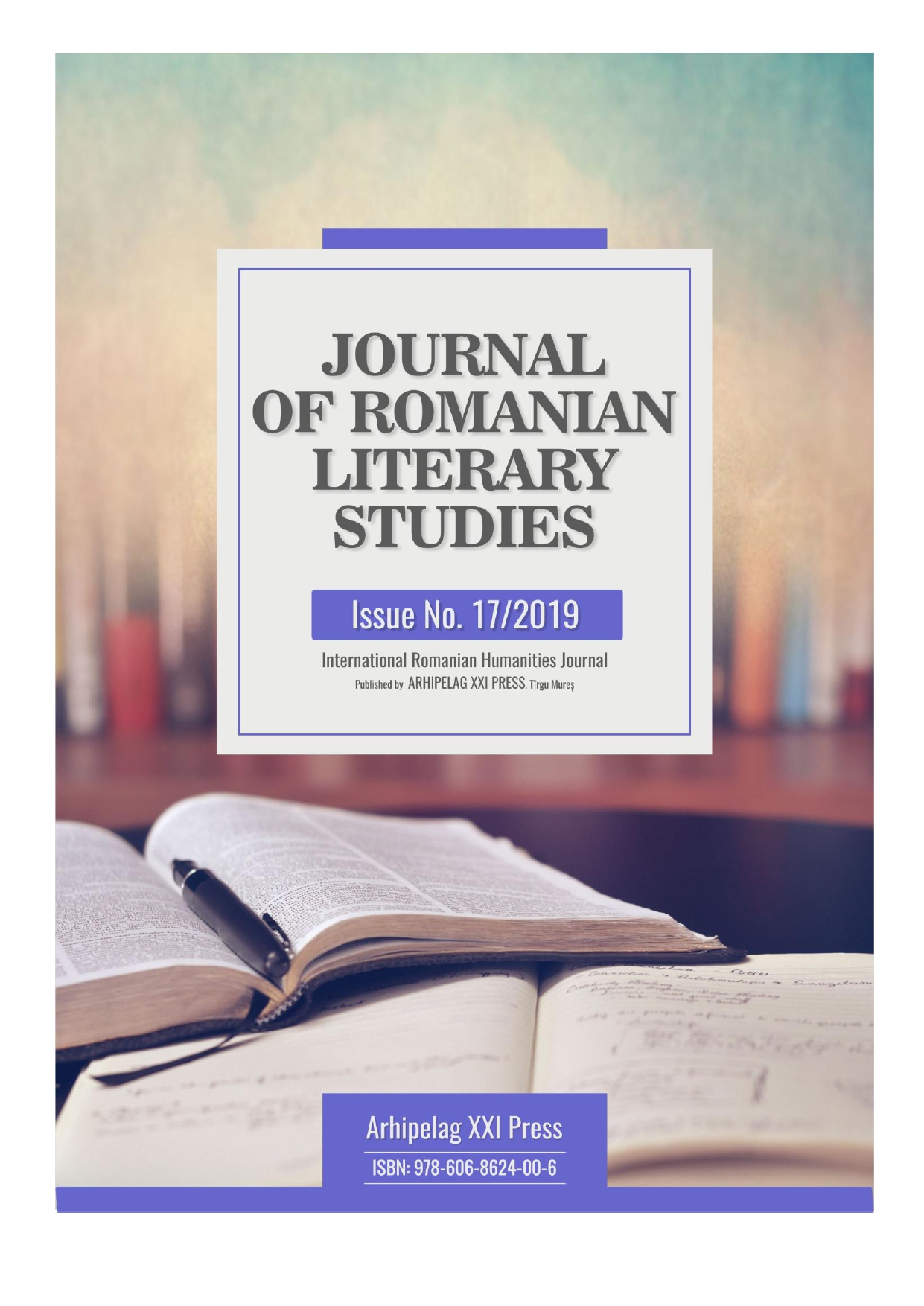
PROLETCULTISM VS. SOCIALIST REALISM
The Romanian Literature has been summoned to bring into the spotlight creations that would embrace the projected ideological fiction, the incontestable superiority of communist order, the "golden' future of the country or the role of the "new human" in a world liberated from exploitation and conquer.Despite the fact that some of the writers consented to assume the official ideology, many others have written on keeping their aesthetic autonomy. This exasperating acultural climate forced them into finding means that would enable them to undermine (or at least avoid) the controlling doctrine. The critic contribution of researchers reveals the nature of the transformations that took place on the grounds of history of literature. The animated pertractations succeed in recovering, much to the advantage of the language of history of literature, the semantic avatars of the two key-concepts: proletcultism and socialist realism. If the Moscow proletcultism of the years 1918-1920, articulated and consecrated by A.A Bogdanov, proclaims the adaptation of the vision and proletary style in an anarchic-insurgent manner through disconsideration of party and state ideology, the Romanian one, specific to the years 1948-1950, cannot recover its sistemic congruency. The contours have been kept, yet the contents promote the party shared proletary culture.
More...
